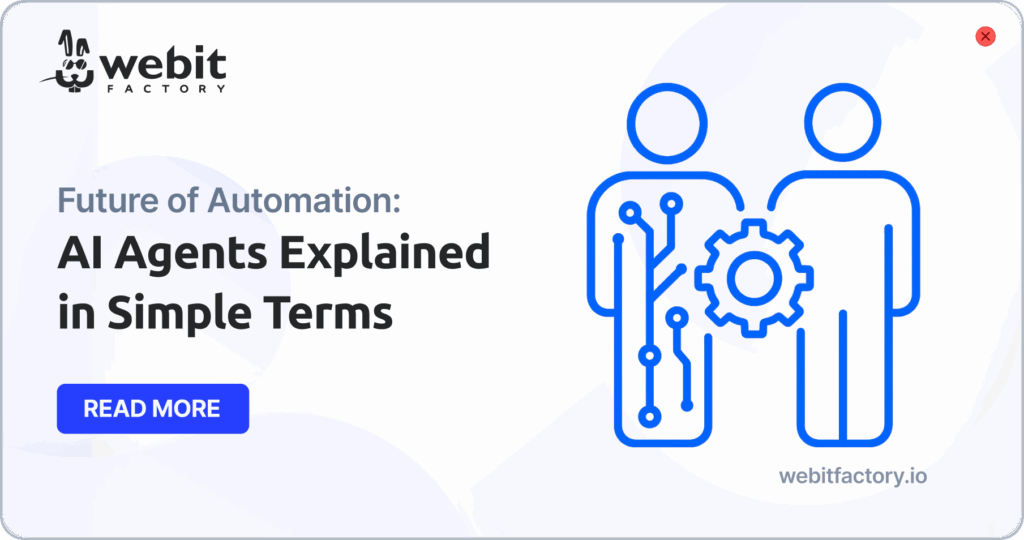If you’ve been grappling with inefficiencies that drain resources and slow down productivity, you’re not alone. Many European businesses are fighting with outdated processes, manual tasks, and complex supply chains. The good news is that European Automation can be the answer you’ve been looking for.
In fact, according to an article by Bain, companies that have made significant investments in automation have seen impressive cost savings. Organizations dedicating at least 20% of their IT budgets to automation cut process costs by 17%, while those investing less than 5% experienced a smaller reduction of just 7%.
From your manufacturing floors to your supply chains, automation can help you streamline processes, reduce errors, and optimize how you allocate resources. With rising labor costs and growing demands for efficiency, it’s more relevant than ever for your business in Europe to explore automation solutions.
High-Cost, Low-Efficiency Areas in Your Operations
When looking to cut costs and improve efficiency, the first step is taking a closer look at your operations to find the processes that are holding you back. A detailed review of your workflows can help you spot the areas where time, money, and resources are being wasted. These are exactly the kinds of inefficiencies that automation is designed to solve.

Using tools like spend analytics can make this process easier by uncovering hidden issues, like overpaid suppliers, outdated systems, or unnecessary expenses. Repetitive tasks, such as data entry or inventory tracking, are often key culprits that consume valuable time and are prone to errors.
By identifying these high-cost, low-efficiency areas, your business can start focusing on the right solutions. European Automation can help you tackle these pain points, reduce costs, and create smoother, more productive operations.
Automation Opportunities in Repetitive Tasks and Scheduling
Once high-cost areas have been identified, the next step is to explore automation opportunities within key operations. Automating repetitive tasks, inventory tracking, and production scheduling are areas where businesses in Europe can achieve significant savings.
Repetitive Tasks
Manual tasks like data entry, invoicing, and order processing are time-consuming and prone to human error. Automation tools can handle these tasks, freeing up employees for more complex roles.
Inventory Tracking
Traditional inventory management is prone to mistakes and inefficiency. Automated inventory systems provide real-time tracking, reduce stockouts, and help avoid overstocking.
Production Scheduling
Scheduling production manually can create bottlenecks. Automated scheduling tools ensure that resources are used efficiently, improving throughput and reducing downtime.
By automating these key areas, you can significantly cut costs and streamline your operations, paving the way for improved productivity and better use of your resources. Automation doesn’t just save money—it empowers your team to work smarter and more efficiently while reducing the risk of costly errors. With optimized workflows and smarter resource allocation, your business in Europe can operate more smoothly, adapt to changing demands, and maintain a competitive edge in today’s fast-paced market.
Boost your business with Automation!
Real-World Examples of European Automation Cost Savings
Businesses across Europe are already reaping the rewards of automation. From manufacturing to logistics, automation is proving to be a game-changer in reducing costs and improving efficiency. Here are a few notable examples, according to an article on Netsuite:
Retail
A leading retail company automated its inventory management system, significantly reducing stock-outs and overstocking. This optimization led to more accurate inventory levels and lower storage costs.
Manufacturing
A global manufacturing business implemented an automated order management system, streamlining order entry, tracking, and invoicing. As a result, they reduced processing time by 75%, cut labor costs, and improved customer satisfaction.
Logistics
A large logistics provider automated its shipment tracking, resulting in a 30% reduction in errors and a 20% decrease in fuel costs by optimizing delivery routes.
Automation is making a real difference for businesses in Europe by cutting operational costs and boosting efficiency. By identifying inefficiencies in high-cost areas and automating tasks like inventory tracking and production scheduling, you can streamline your operations and see significant savings. There are plenty of real-world examples showing just how impactful automation in Europe can be.
If you’re ready to optimize your operations and reduce costs, automation should definitely be a top priority for your business in Europe.
Ready to optimise your operations?
Related Articles

AI Agents Explained in Simple Terms
Discover what AI agents are, how they work, and why intelligent agents are reshaping automation across industries.

AI Solutions for HR That Transform Hiring and Retention
AI solutions for HR are transforming hiring and retention with faster recruitment, better cultural fit, and lower turnover rates.

Cross-Chain dApps Are Shaping Web3
Cross-chain dApps are shaping Web3 by streamlining UX, improving contract monitoring, and bridging fragmented blockchain ecosystems.
